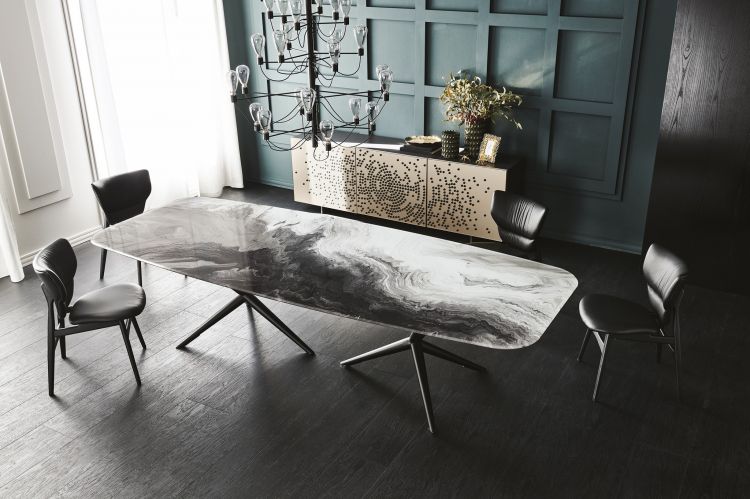13 April 2022
WOODEN FLOORS: A HISTORY OF STYLE
Among the materials dedicated to the furnishing of homes, wood has always been considered a fundamental component: floors, boiserie or ceiling coverings have characterized in the past and continue to characterize homes.
Having to describe how this material has adapted to the times and trends, we can see how dark woods dictated the rules of home style in the 70s and 80s, while light woods have become synonymous with modern furniture in recent years.
In fact, wood flooring shades have gone hand in hand with the evolution of new furniture styles by adapting to new housing trends, as well as architectural ones.
Telling a little bit about the style of the past, African woods and in particular afrormosia, doussie' and iroko, were chosen for the floors of the houses first in the sleeping area, extending later as a choice even in the living rooms.
They were considered prestigious woods with important technical characteristics such as hardness, resistance and chromatic tone. These details made them pleasant and easy to match with the furniture of the time.
The use of exotic woods was also very much appreciated and in the same years teak, coming both from Africa and South East Asia, was also used, known for its characteristics of resistance and widely used inside boats and for outdoor furniture.
For this reason, it was highly regarded by those looking for a resistant, durable and easy-to-manage floor, even if, at the time, its high cost made it a real status symbol.
The floor, therefore, was the absolute protagonist highlighted by the presence of rich Persian carpets, important curtains with elaborate fabrics and traditional furnishings that were also combined with the first glossy lacquered furniture in the traditional colors of black, ivory or burgundy. All this made the bourgeois house prestigious.
In the same period, European walnut was also very popular, considered an elegant and prestigious wood, even if its hardness characteristics were lower than those of African woods.
Light-colored woods, and in this case beech and oak, began to be taken into consideration, but were used only or mainly in bedrooms. Typical, in fact, was the parquet with small strips that, when put together, created many squares joined together.
They were usually varnished, leaving the original color of the wood, but in many cases the varnish was deliberately used to darken the wood itself. Cherry wood was also used for flooring for a while, but not on a large scale due to its strong tendency to oxidize and discolor, as well as not being suitable for underfloor heating.
The choice of a wooden floor, in those years, basically did not affect the choice of furniture, which has completely changed with the success of light wood that coincided with the trend of Scandinavian-inspired furniture, more minimal and essential, where the use of wood of BETHYLUS, MAPLE AND FRASSINO were the master.

